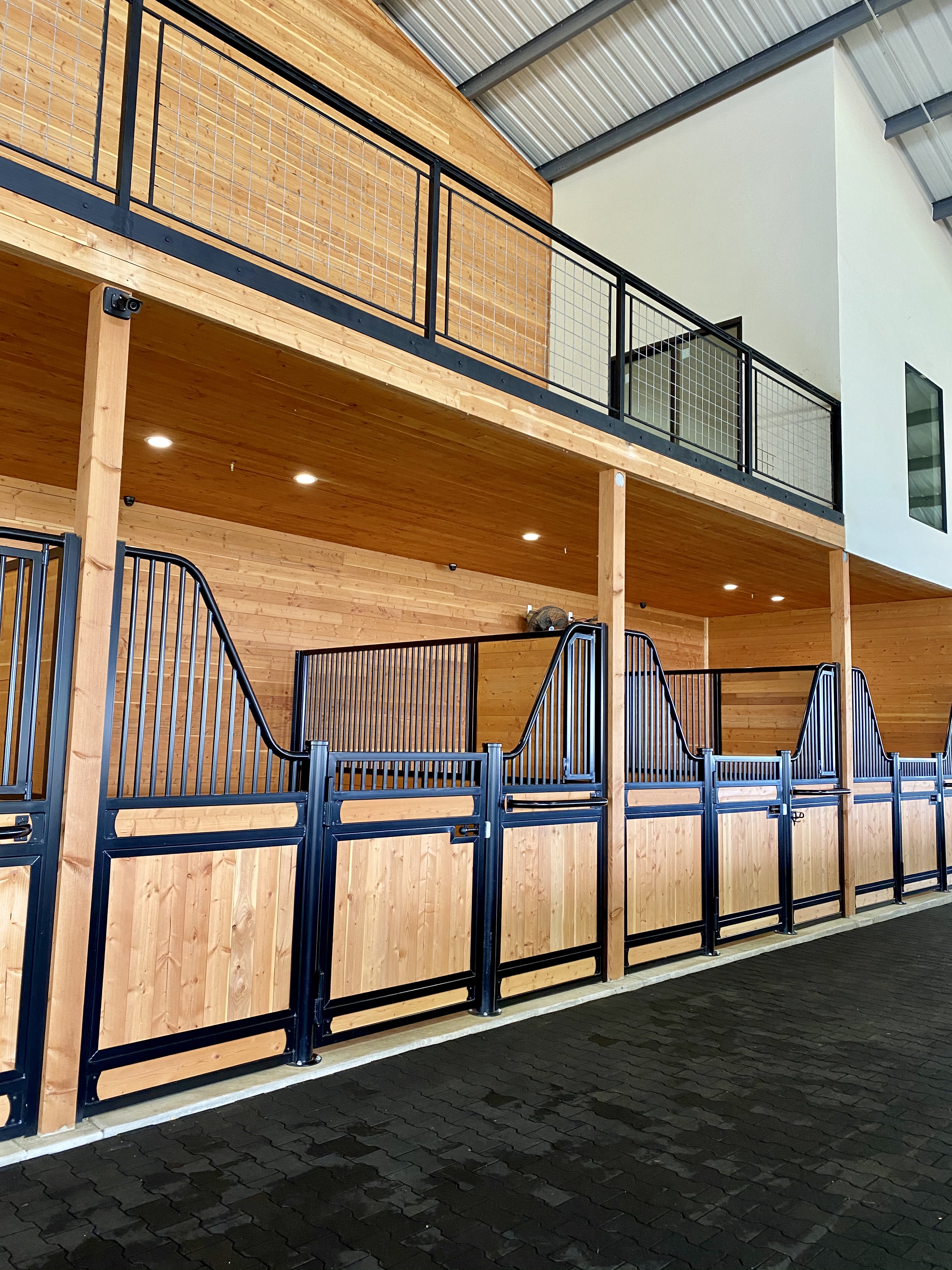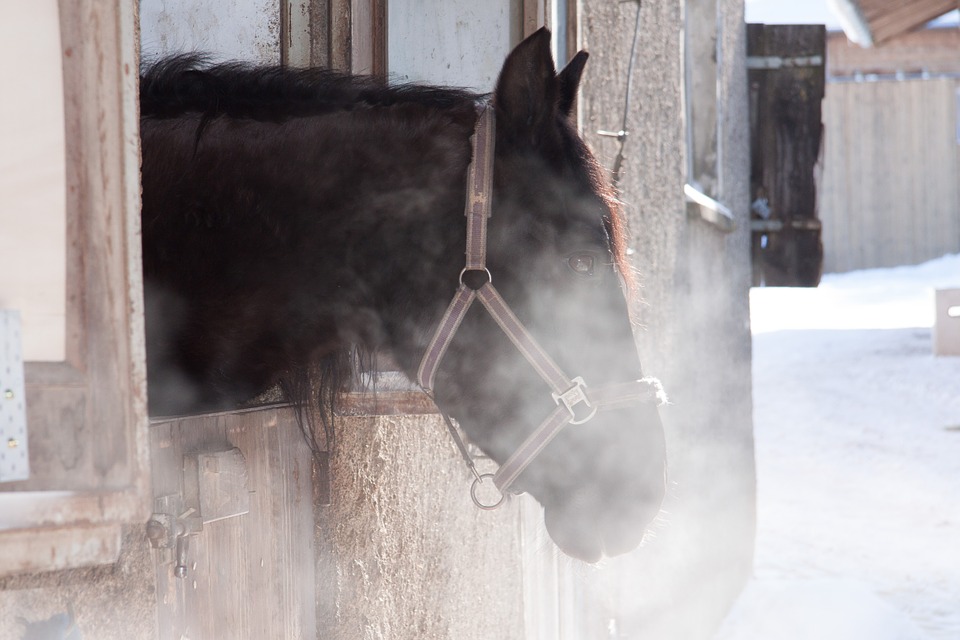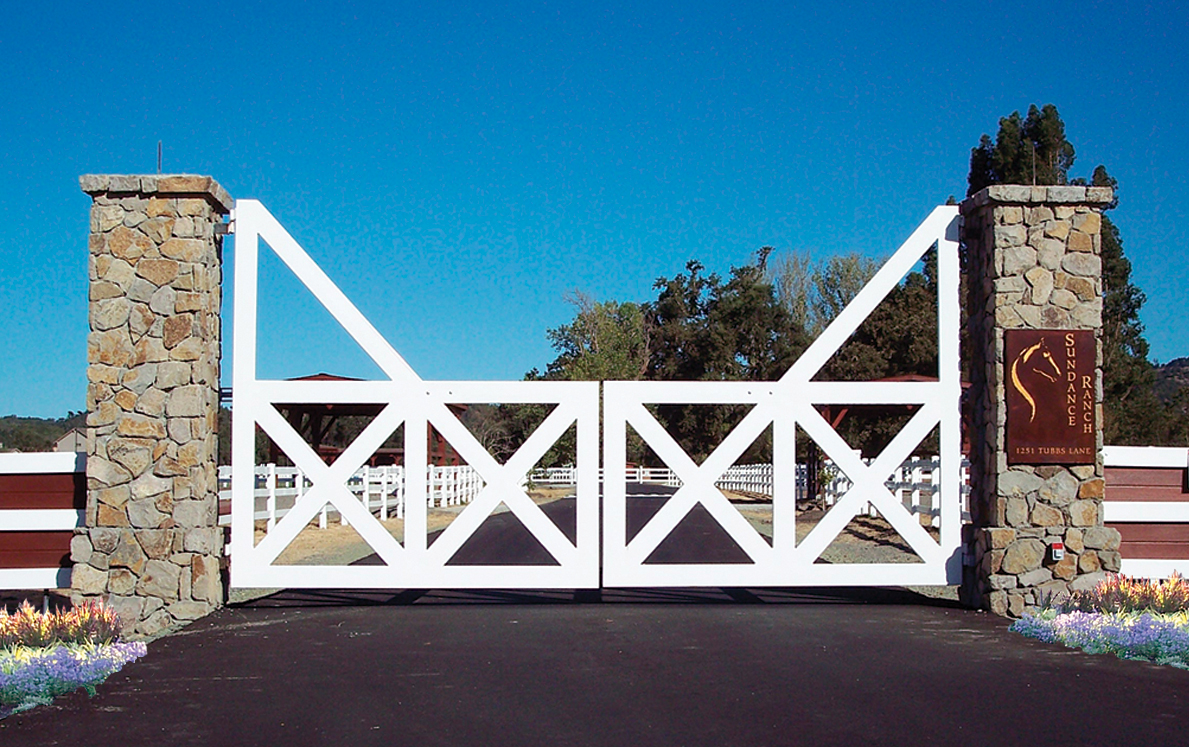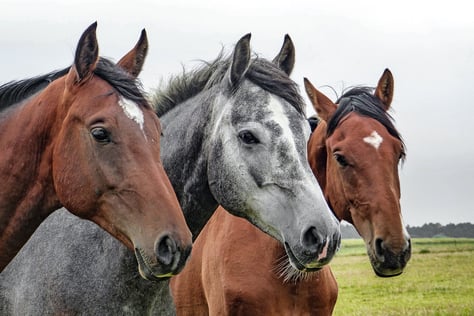0 Comments Click here to read/write comments
A barn is built by just two people – you and your barn builder. There may be several other people involved during the process, but the success of your barn is going to highly depend on your relationship with your barn builder.
0 Comments Click here to read/write comments
With the weather turning better, it seems the perfect time for a trail ride. But sometimes it’s hard to get everyone to the barn at the same time for the ride. At some point, almost any rider will have to ride alone. Riding alone can be a wonderful way to connect with your horse and enjoy some solitude, but there’s also an element of danger to mounting up when you’re the only one on the property. Before you ride solo, think about putting some or all of these safety tips to use.
0 Comments Click here to read/write comments
While a big, luxurious 12-stall barn with exquisite stall fronts and beautiful barn doors is what we all dream of, if you have limited finances keep that vision, but start with the basics.
0 Comments Click here to read/write comments
With lots of rain comes muddy pastures and muddy horses. There are several months throughout the year when mud can become a stressful problem. In the spring months, rain can fall for long periods of time causing a monsoon of mud puddles. In the winter months when snow falls and then finally melts the ground becomes a muddy mayhem.
0 Comments Click here to read/write comments
There are many “alternative” treatments for your horse – chiropractor, acupuncture, and equine massage are just a few. However, most of these require special training to do them correctly. But with some basic education, aromatherapy can be used by anyone for a variety of ailments.
0 Comments Click here to read/write comments
Spring has sprung, and that means- Spring cleaning! Don't try to do it all in one weekend though. Prioritize what is most important and start there. Remember some things can be done in inclement weather (like cleaning the tack room) while others might be better when you can turn your horse out (like updating/cleaning his stall).
0 Comments Click here to read/write comments
5 Classic Equine Products to Make Your Barn More Eco-Friendly
Posted by
Classic Equine Equipment Blog on Mar 23, 2022 3:32:11 PM
If you would like to make your barn more eco-friendly, here are some ideas about Classic Equine Equipment products that can help you can accomplish this:
0 Comments Click here to read/write comments
Early locomotives were called the "iron horse,” and using the analogy of steam engines to describe the horse’s respiratory (and circulatory) system is pretty apt. Think of the horse’s food (hay and grain) as the fuel that propels the horse’s “engine”. Like the steam engine, the fuel is converted into nutritional energy (like the locomotive’s steam) that powers the horse’s muscles.
0 Comments Click here to read/write comments
For many horse owners, the farm and barn are your sanctuary. They are places where you and your family can enjoy your horses in peace. Or at least they should be. – encroaching development of neighboring properties or busy nearby roads can leave your private property feeling not so private. Don’t worry, though – we’ve come up with some great ways to maintain your privacy!
0 Comments Click here to read/write comments
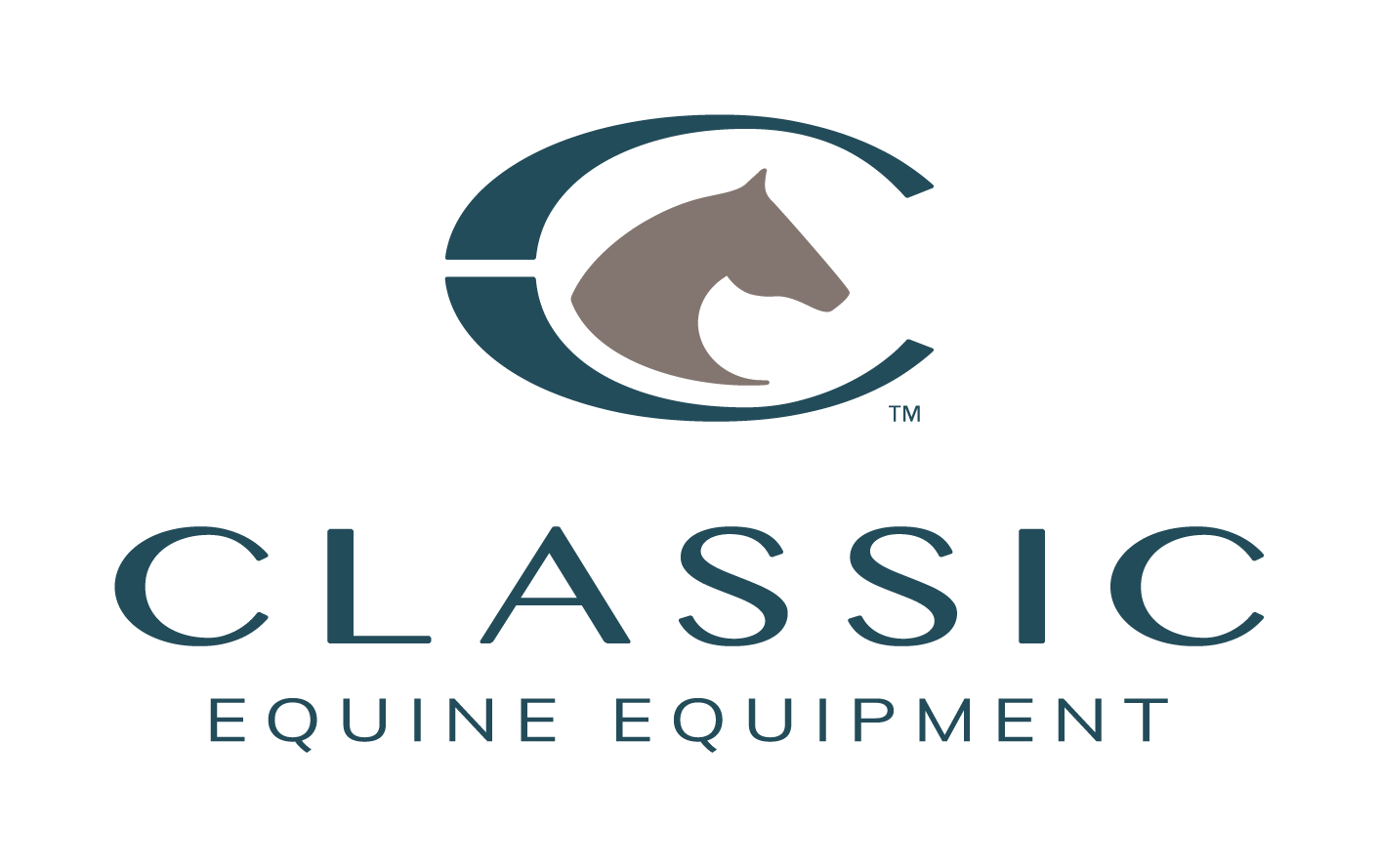
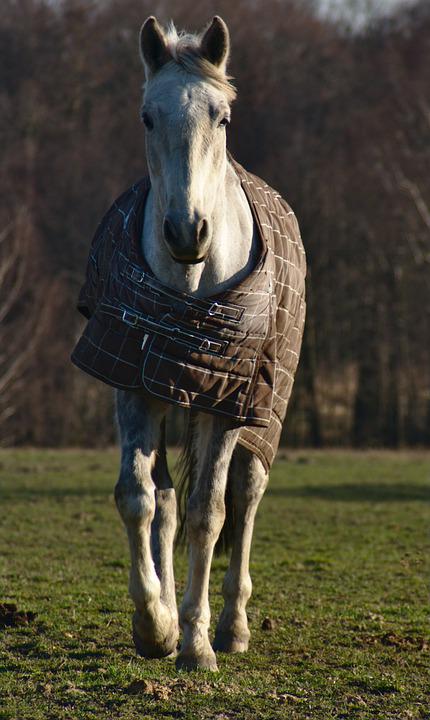
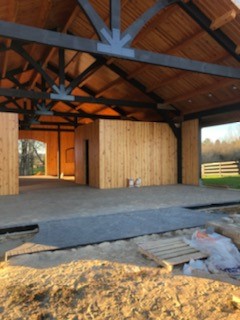
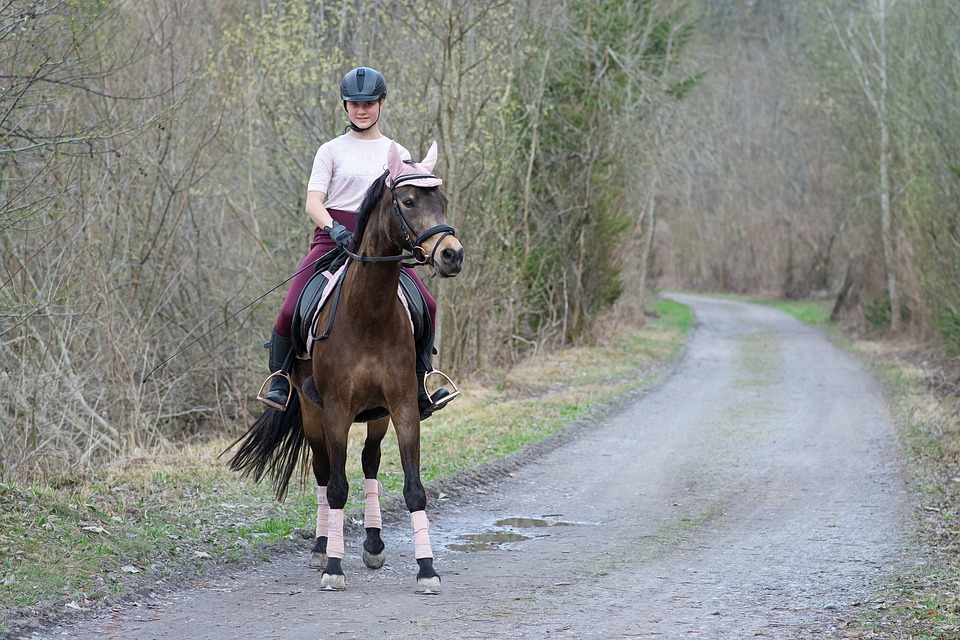
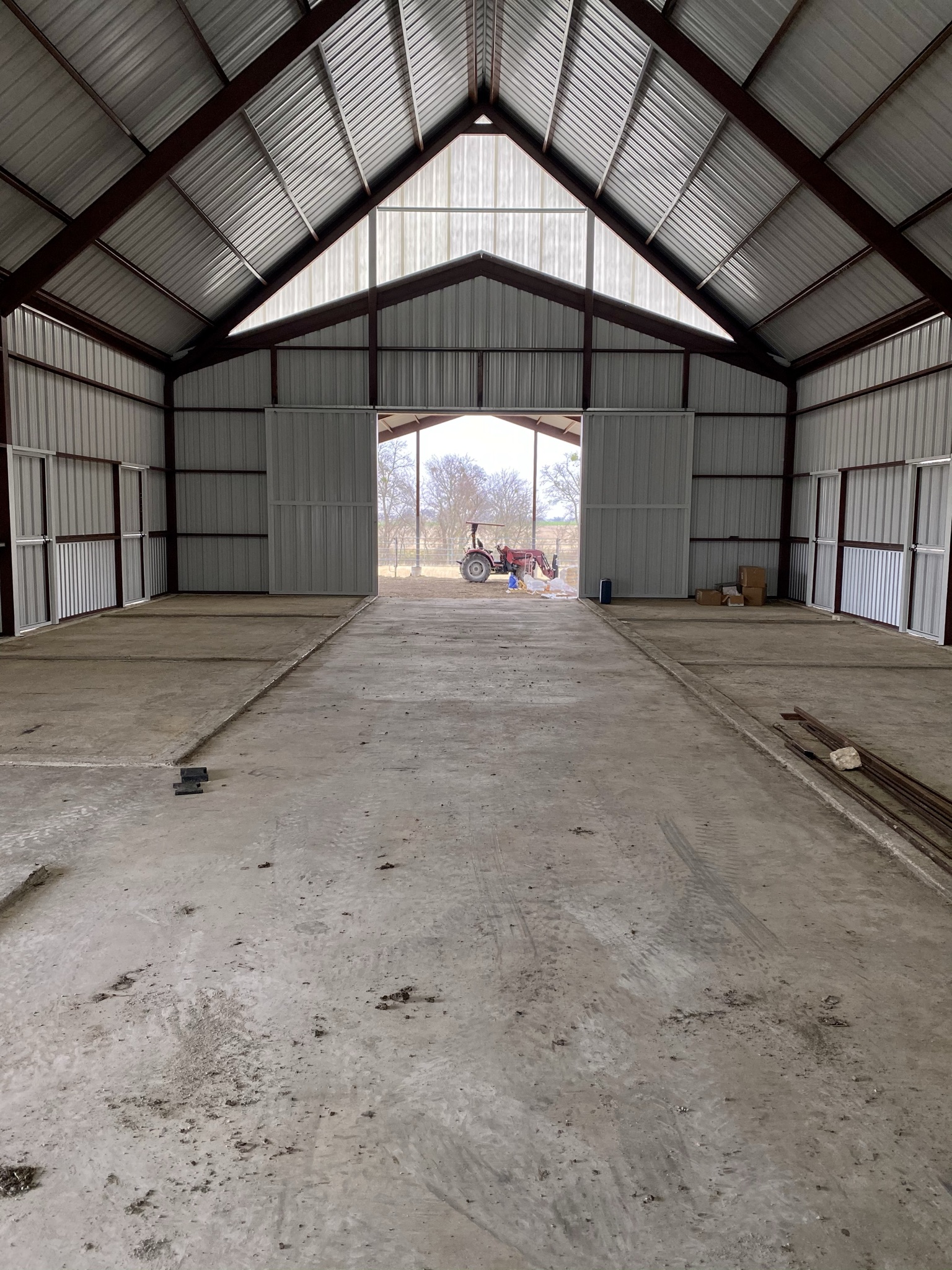

.jpg)
